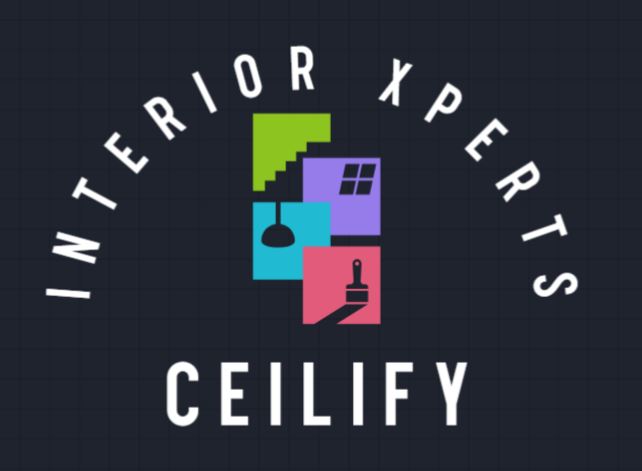
The Good, Bad, and Ugly of Luxury Vinyl Plank Flooring in Chennai
In recent years, luxury vinyl plank (LVP) flooring has skyrocketed in popularity. Its remarkable resemblance to natural wood, combined with its durability and versatility, makes it a top choice for homeowners and interior designers alike. However, like any flooring option, LVP comes with its own set of pros and cons. Let’s delve into the good, the bad, and the ugly of luxury vinyl plank flooring.
The Good:
- Aesthetic Appeal: One of the most significant advantages of LVP is its ability to mimic the look of hardwood floors. With advancements in printing technology, LVP comes in a variety of patterns and textures that closely resemble genuine wood, providing a luxurious look at a fraction of the cost.
- Durability: LVP is highly resistant to scratches, dents, and stains, making it an excellent choice for high-traffic areas in homes with kids and pets. Its protective top layer ensures it withstands daily wear and tear.
- Water Resistance: Unlike hardwood, LVP is water-resistant, making it ideal for bathrooms, kitchens, and basements. Some options are even fully waterproof, providing peace of mind in moisture-prone areas.
- Easy Installation: Many LVP products feature a click-lock installation system, allowing for a simple DIY project. This can significantly reduce installation costs and time compared to other flooring types.
- Low Maintenance: Cleaning LVP is a breeze. Regular sweeping and occasional mopping with a damp cloth are usually sufficient to keep it looking pristine.
The Bad:
- Environmental Concerns: LVP is made from synthetic materials, primarily PVC. This raises questions about its environmental impact, especially when compared to more sustainable options like bamboo or reclaimed wood.
- Susceptibility to Fading: Prolonged exposure to direct sunlight can cause some LVP products to fade over time. Homeowners may need to take precautions, such as using curtains or UV-protective window films, to mitigate this issue.
- Limited Repair Options: While durable, LVP can still suffer damage. Unfortunately, repairing LVP is not as straightforward as with hardwood. In most cases, damaged planks need to be replaced entirely, which can be cumbersome.
The Ugly:
- Off-Gassing: As with many vinyl products, new LVP flooring can emit volatile organic compounds (VOCs) shortly after installation. This off-gassing can contribute to indoor air pollution, which may be a concern for those with respiratory issues or chemical sensitivities.
- Perception of Value: Despite its benefits, LVP may not be viewed as a high-value flooring option compared to natural materials like hardwood or stone. This perception can potentially impact resale value, particularly in high-end real estate markets.
In conclusion, luxury vinyl plank flooring offers numerous advantages, combining beauty, durability, and affordability. However, potential buyers should weigh these benefits against environmental considerations and potential long-term drawbacks. By doing so, homeowners can make an informed decision that aligns with their needs and values. Whether you’re renovating a single room or an entire home, understanding the good, the bad, and the ugly of LVP will help you make the best choice for your space.

Leave a Reply